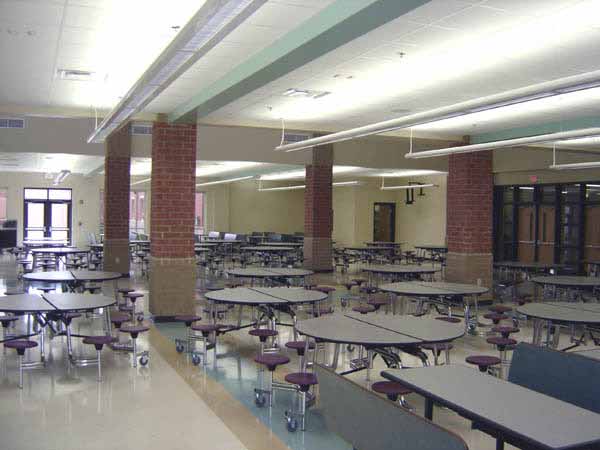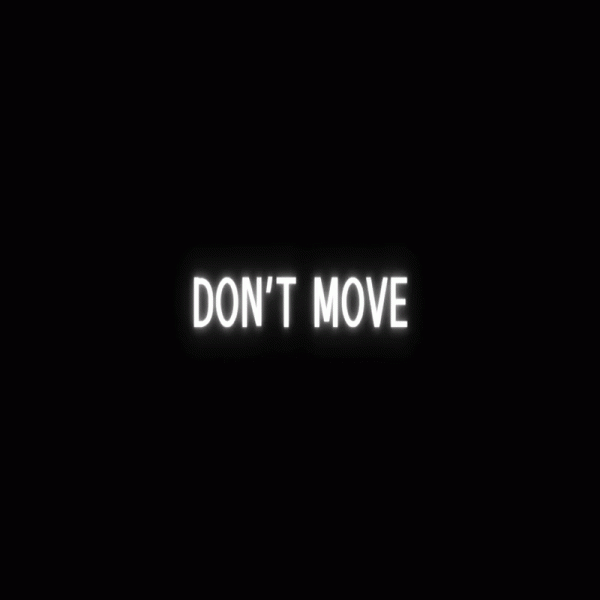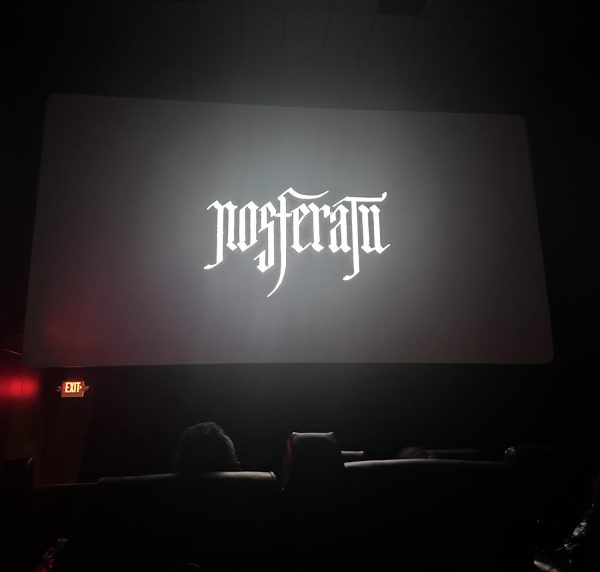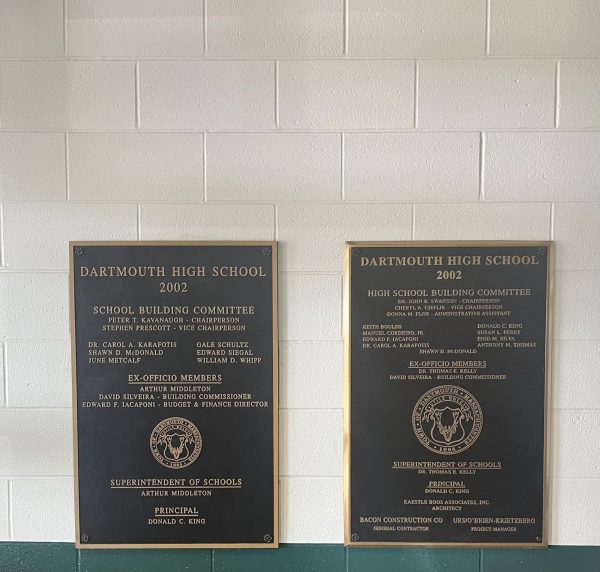The Lunch Show Review

In DHS, most of the blunders from administration occur in temperature control, Internet accessibility, and technology. There are even problems when trying to provide some entertainment during lunch.
Every Friday, the three lunch shifts tune in, or at least attempt to, on the four television screens in the cafeteria. While all intentions are in our favor, The Lunch Show periodically falls short .
For 28 minutes, students can breathe freely from the restraints of class. It is a time to satiate annoying hunger pangs, talk to friends, or catch up on unfinished homework before the next class begins. The environment for presenting these videos should not be in the cafeteria itself during lunch time, but should be given time in a more reasonable setting.
According to DHS junior and filmmaker Austin Vincent, three clips are randomly selected by the Intro to Video Teacher Joshua Moulding and are presented during the three lunch shifts. The videos, though sometimes comical in their works of Photoshop and cheesy advertisements, contain enough hard work to be seen during the student body’s free time.
They are, in a way, the building blocks to one’s passion towards filmmaking. When fully watched, some of the videos are enjoyable and are perfect examples for the artistry that film usually possesses. During the past Friday, a finished assignment made by DHS senior Abbey Wozniak held a story and was visually interesting when given enough attention.
It’s evident that the cafeteria is not equipped to handle presenting videos that hold a lot of potential. Over the accumulation of other conversations, there are either two extremes when it comes to the televisions’ volume and the ability to comprehend what’s happening on screen. They range from an almost muffled white noise, to a blaring, incomprehensible buzz. In some moments, nearby lunch monitors have turned the volume to a reasonablelevel, taking away the viewers’ enjoyment.
DHS junior Abigail Ackerman said, “The weekly shows should be posted on YouTube for any students who want to watch [the videos] without the distraction of the busy cafeteria.”
Where each student sits can also affect their experience with The Show. The closer to the television they are, the better, however, if their back is positioned away from the screen and they’re interested in watching, then turning and twisting is in order.
The timing, above all, shows that there is an obvious divide in the attentions towards the work that most students put into these videos. Junior Jessica Silvia said, “The lunch shows are interesting and have always been very comical, but I usually miss them because they are at the end of lunch.”
With the limited time given, it’s hard enough for students to eat their meal fast enough, never mind watch a five-minute clip of three differing videos, especially if they buy lunch. In some instances, the bell has rung during the middle of The Show and students are more concerned with ending the day than they are watching the television screen.
Overall, the Lunch Show in theory, is an incredible way to showcase different styles of art in the world of film. However, DHS doesn’t deal with the hypothetical, and instead, battles with the lackluster presentation of the entertaining creations that deserve to be exposed in a more appropriate setting.






